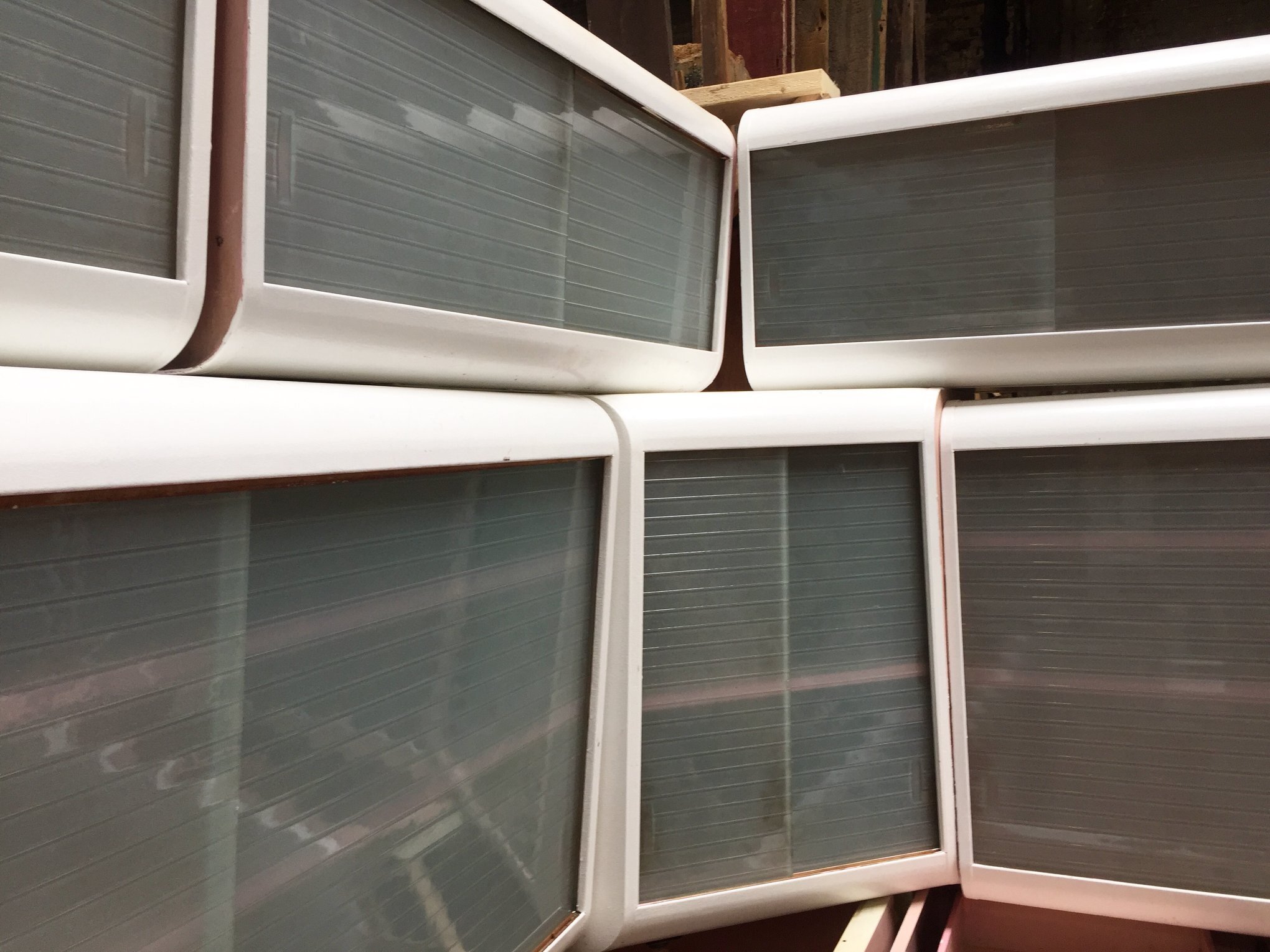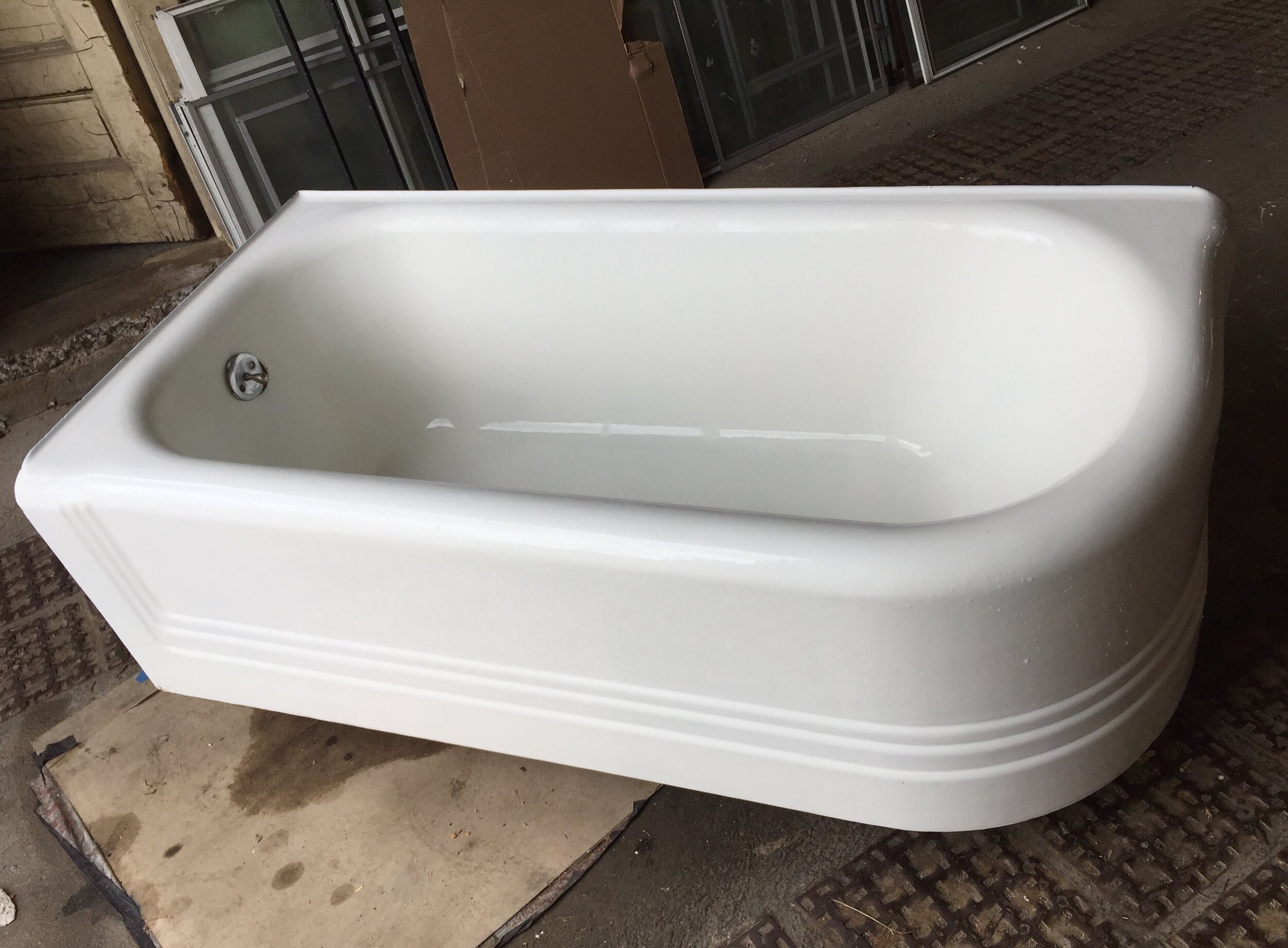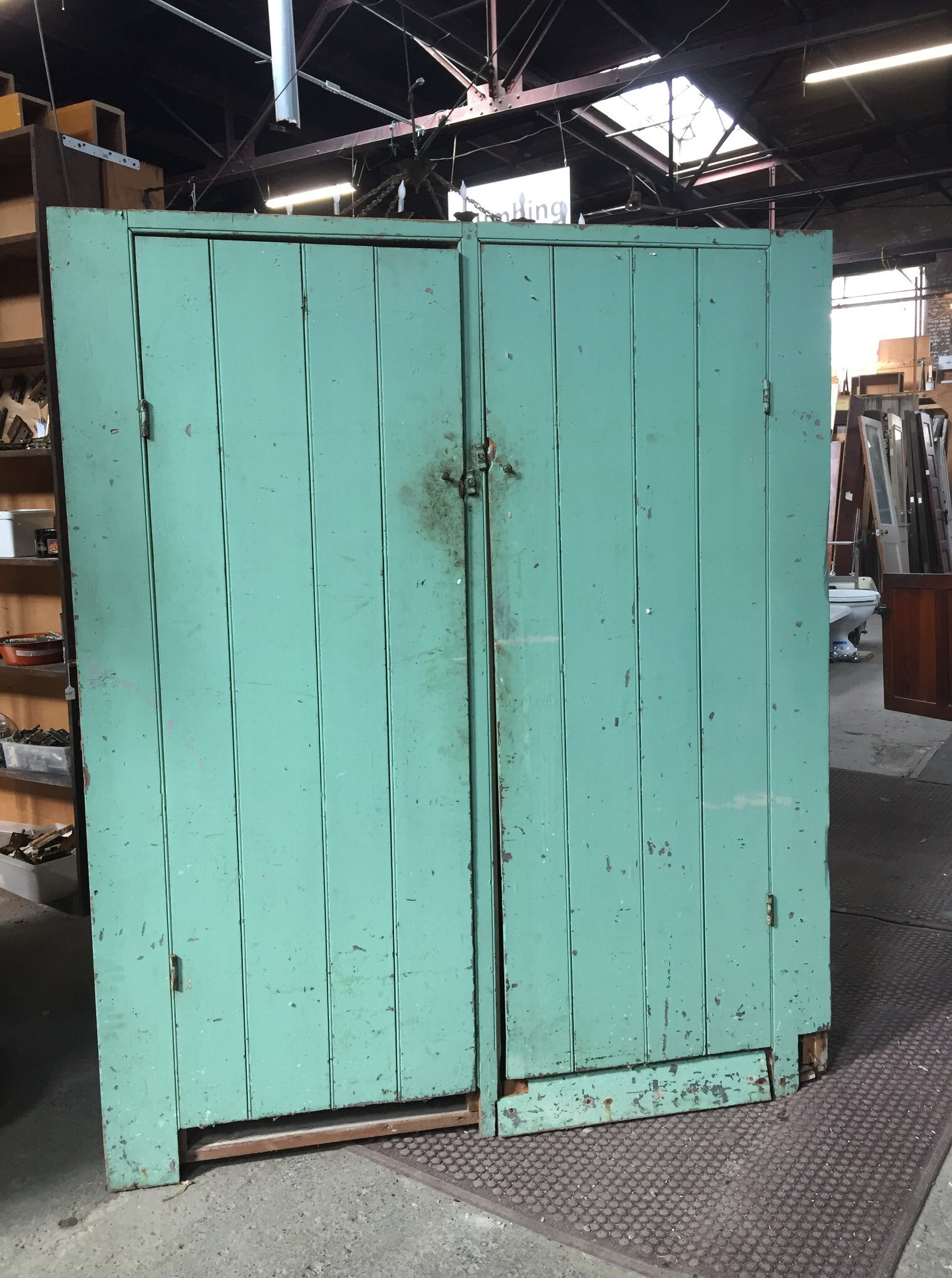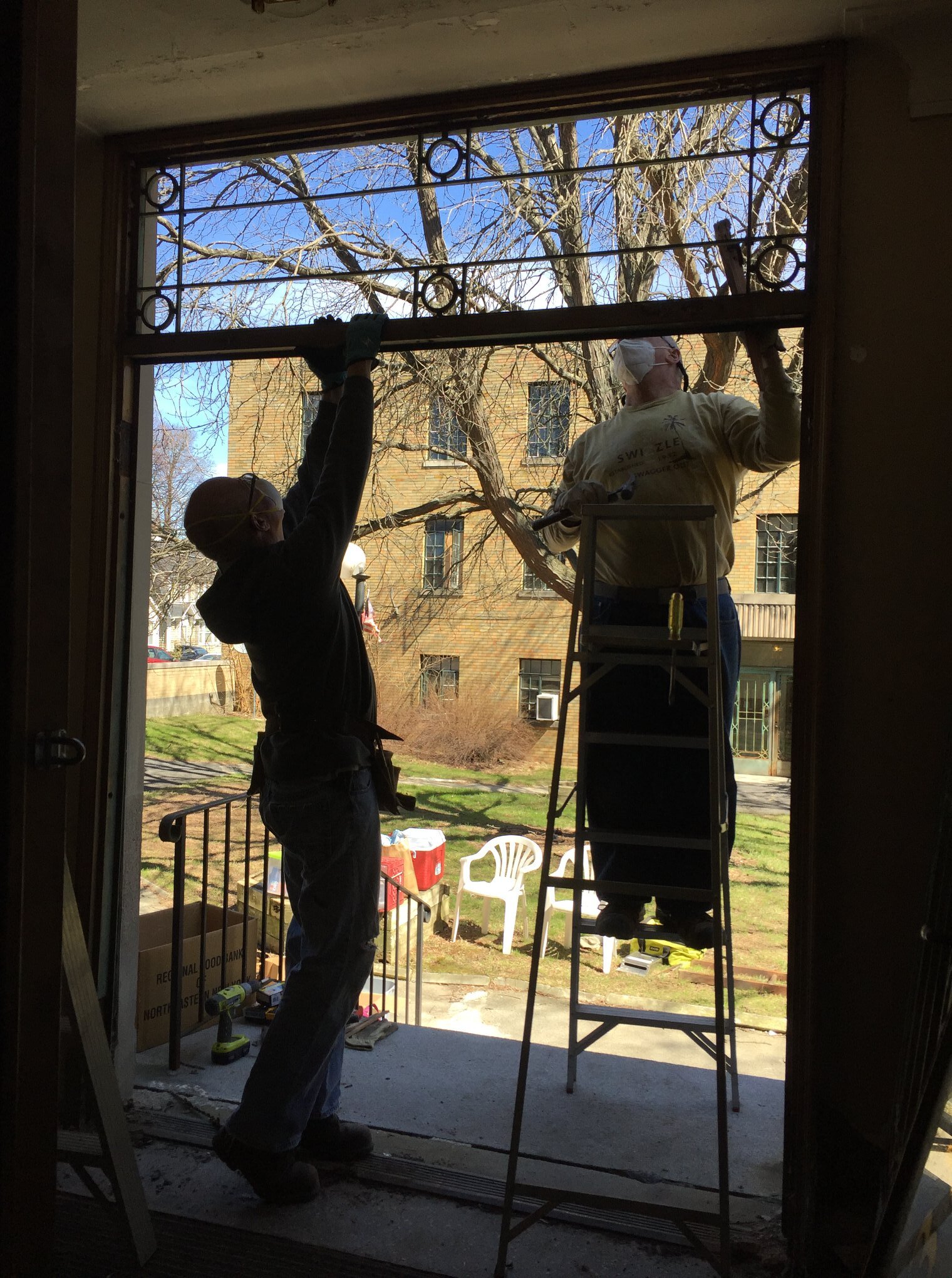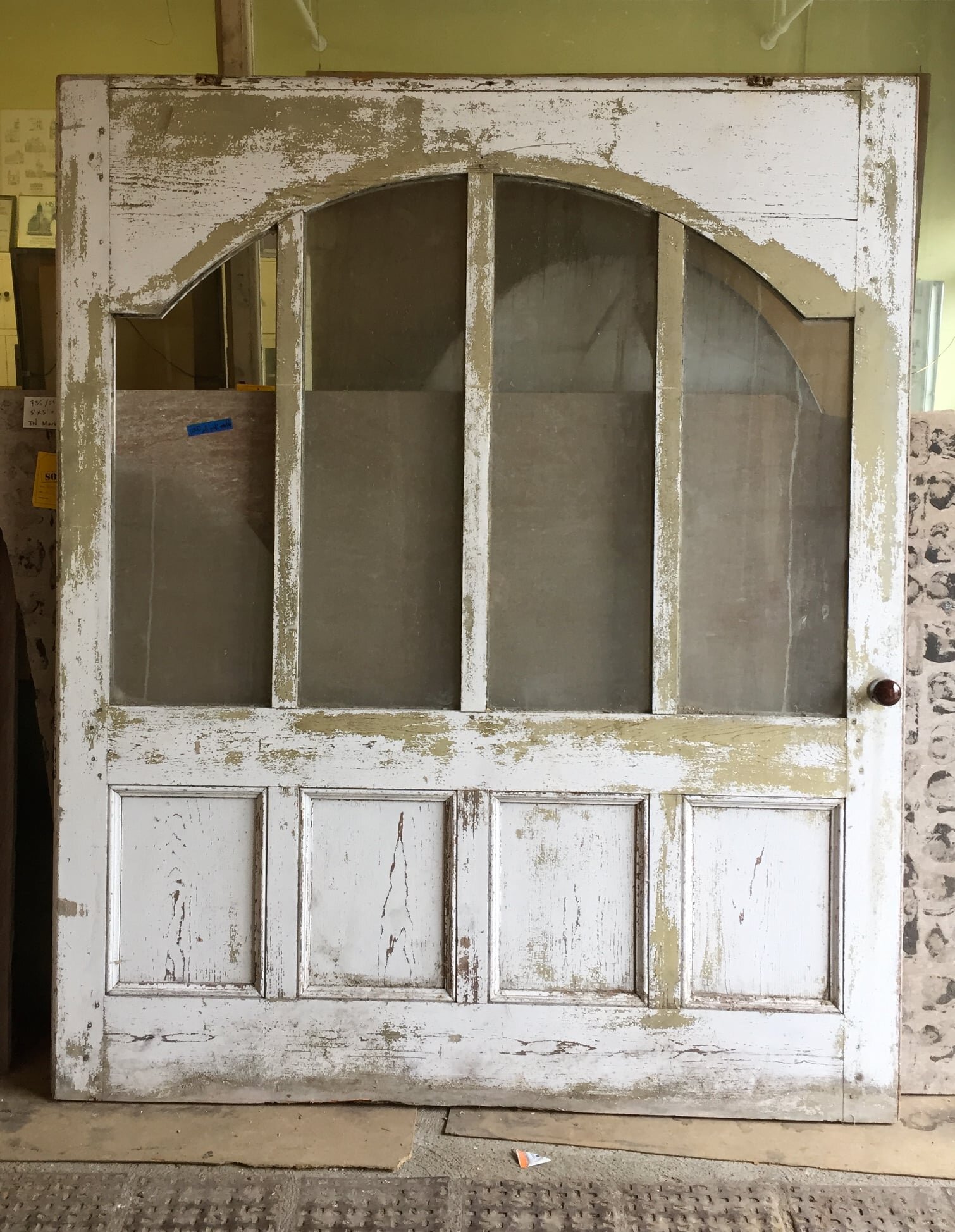Reduce, Reuse, and Recycle: How You Can Help Furniture & Architectural Salvage Stay Out of Landfills
/On Earth Day, we want to highlight some of the practices you can use in your daily life to help protect the environment! Instead of purchasing a brand new piece of furniture online, consider purchasing a used item or refurbishing a piece already in your home.
Why?
There are countless benefits to buying second hand and/or repurposing old furniture. First, it is less wasteful. According to the Environmental Protection Agency, 80% of the furniture that is discarded each year ends up in a landfill, while only about 0.3% is fully recycled. Second, it helps minimize deforestation. The more furniture that is made from wood, the more trees and forests that will be cut down to meet the demand for that furniture. Deforestation accounts for 15% of global greenhouse emissions, while also contributing to soil erosion, biodiversity loss, and the destruction of local and indigenous communities nearby. Lastly, it helps reduce carbon emissions. If you buy used items locally or restore a piece you already own, you are helping to reduce your carbon footprint because the item does not need to be produced and shipped.
Some new items this week at our Warehouse - including an original 1960s metal kitchen, and 1930s bathroom set in wonderful condition
Some of our recent salvages/saves. The Warehouse team, led by our manager Tom Gazda, work hard to salvage items and encourage everyone to do the same! If you have items you’re replacing and don’t want to see them in the landfill, make sure to email us to see if we can pick them up and find them new homes!
How?
Here are some tips to repurpose your old furniture:
Before taking out sandpaper or a paintbrush, thoroughly clean the piece to get rid of any dirt or grime.
Use natural paints and finishes to give the piece a fresh, new appearance. Look for zero VOC (volatile organic compounds) paints and finishes. They may take longer to dry, but they are much better for both you and the environment.
Consider using coconut oil as a way to restore the wood’s color naturally.
Use a walnut to get rid of scratches.
Clean and restore the hardware to update its look.
***Getting rid of items? DON’T PUT THEM IN THE TRASH/LANDFILL many organizations (including ourselves and Habitat) have the ability to take these items and find new owners for them. There are also groups like Buy Nothing Albany where you can post a variety of items (including furniture, clothes etc.) to give to others***
Where?
Sometimes, it is hard to know where to begin your project. You may want to start your journey at Historic Albany’s Warehouse. We stock items such as doors, windows, bathroom sets, furniture, mantels, sinks, lamps, and much, much more! Open Fridays 11am-5pm, Saturdays 9-4pm, and by appointment, come check it out to find parts for your historic home or new DIY project.
Another popular place to search for used furniture pieces and to stay local is Facebook Marketplace. Many times you can find beautiful items being sold by people right in your area. You can also try the Habitat for Humanity ReStore on Fuller Road. Finally, once it is safer to have garage or estate sales, poke around for some great finds.
Enjoy your Earth Day, and try to make eco-friendly decisions in your daily life as much as is financially feasible for you and your family!
By: Olivia Simard
Before (feat. some of our wonderful warehouse volunteers!) and after, refurbished hoosier cabinet

